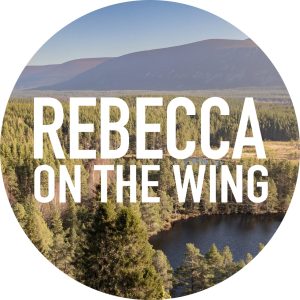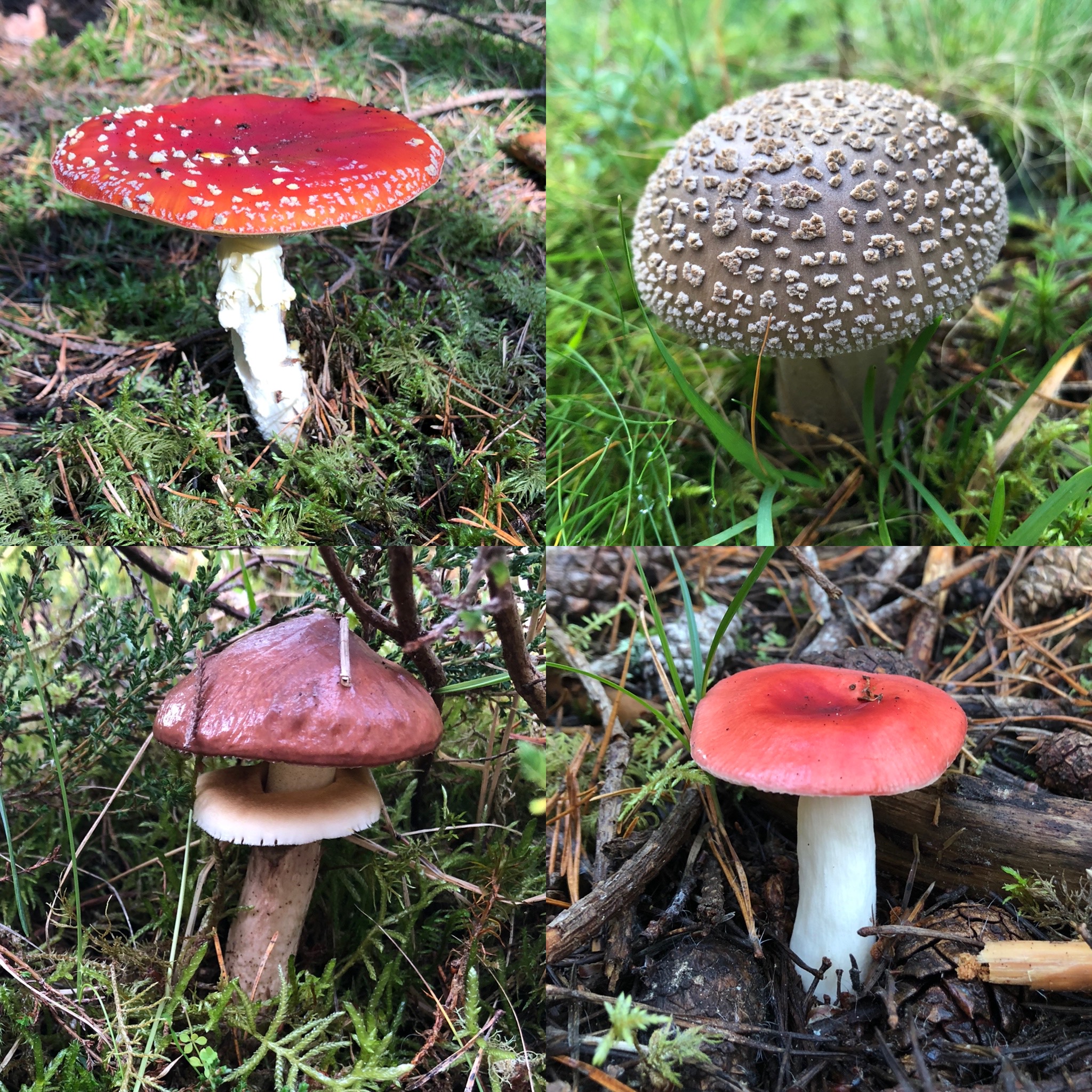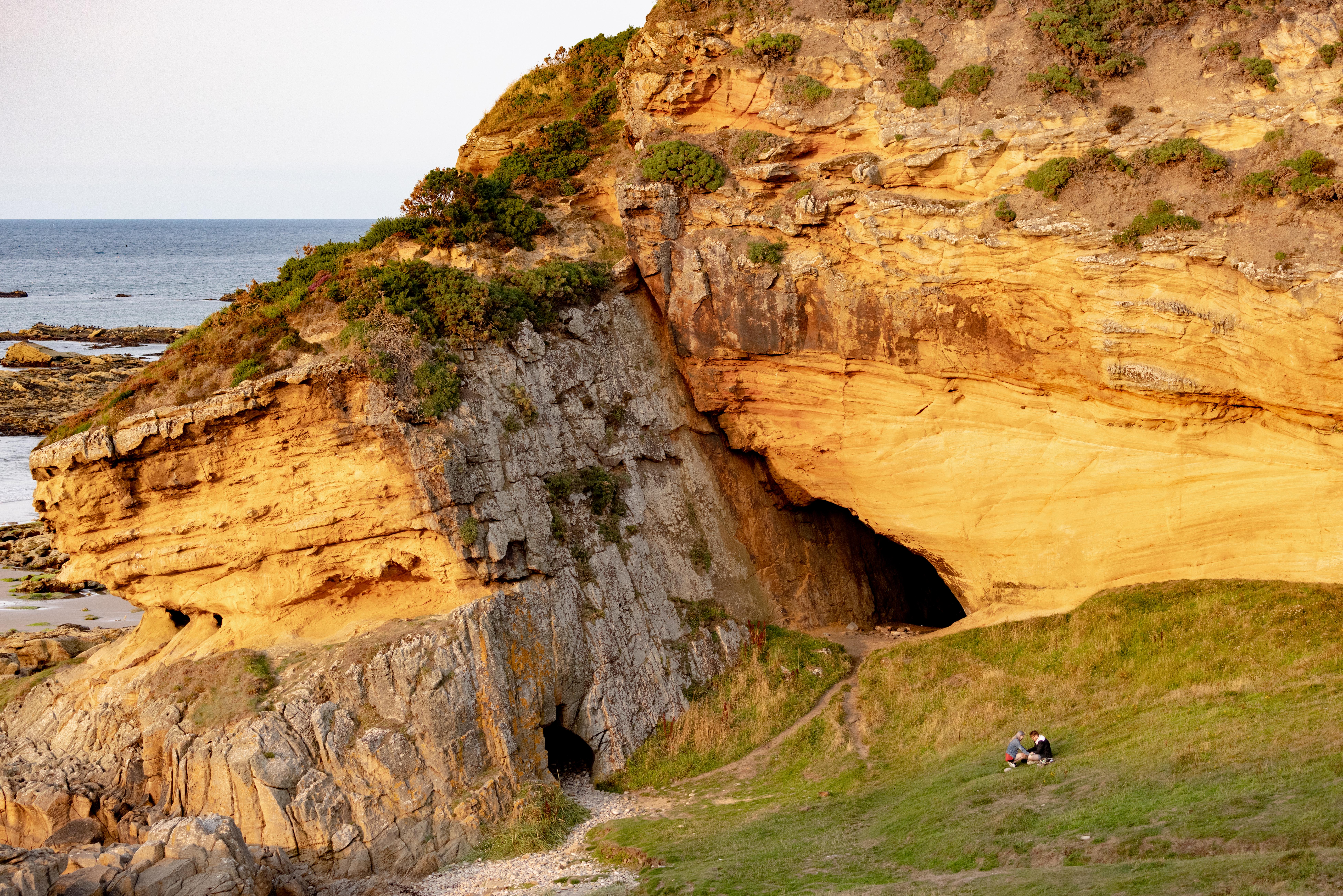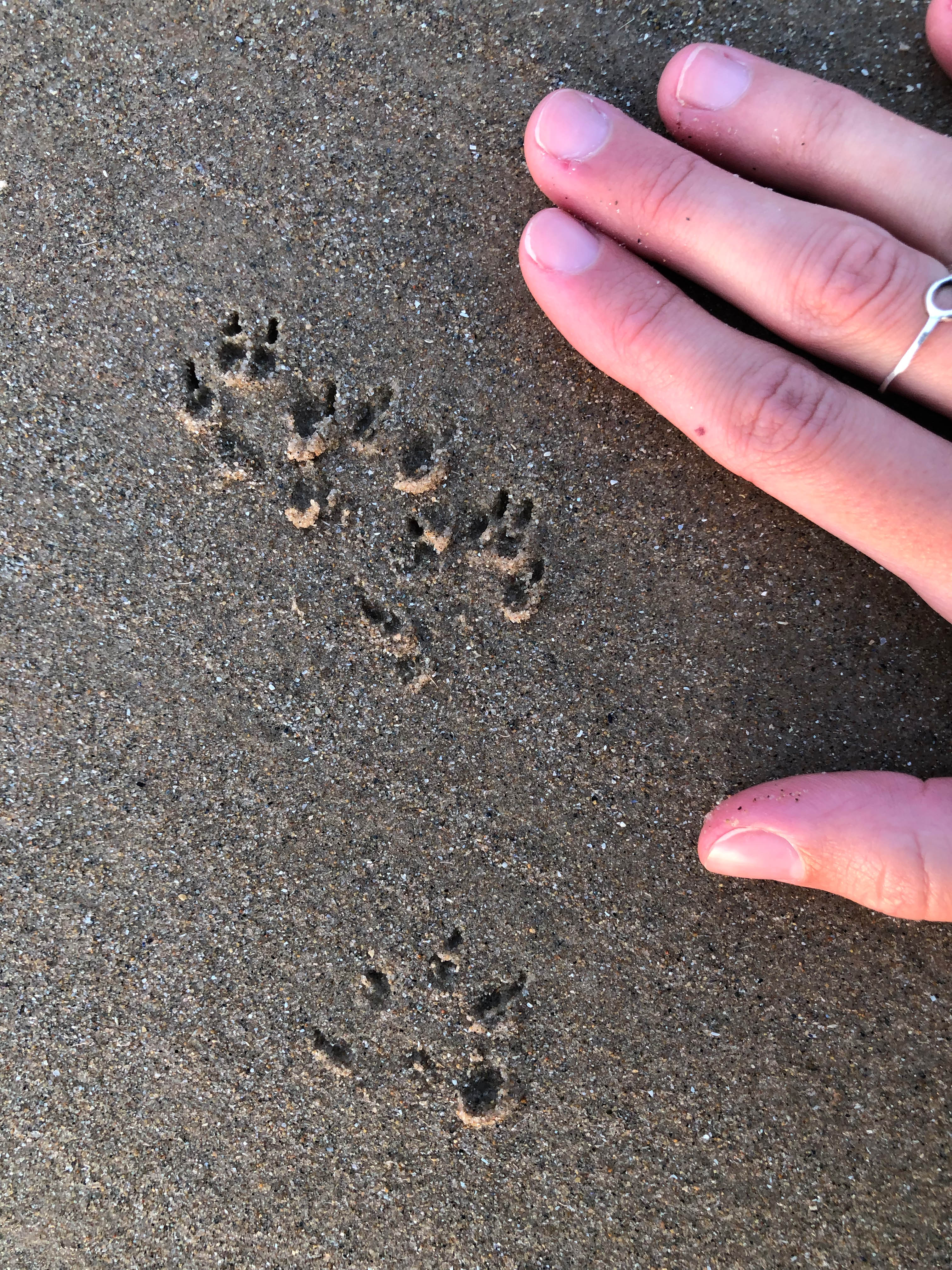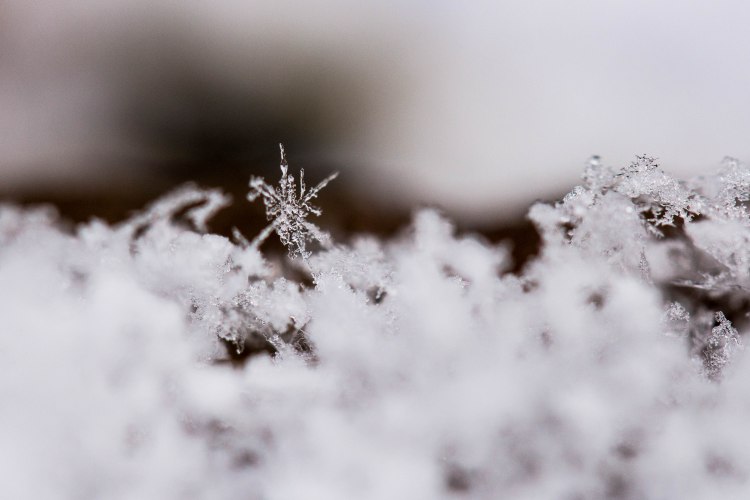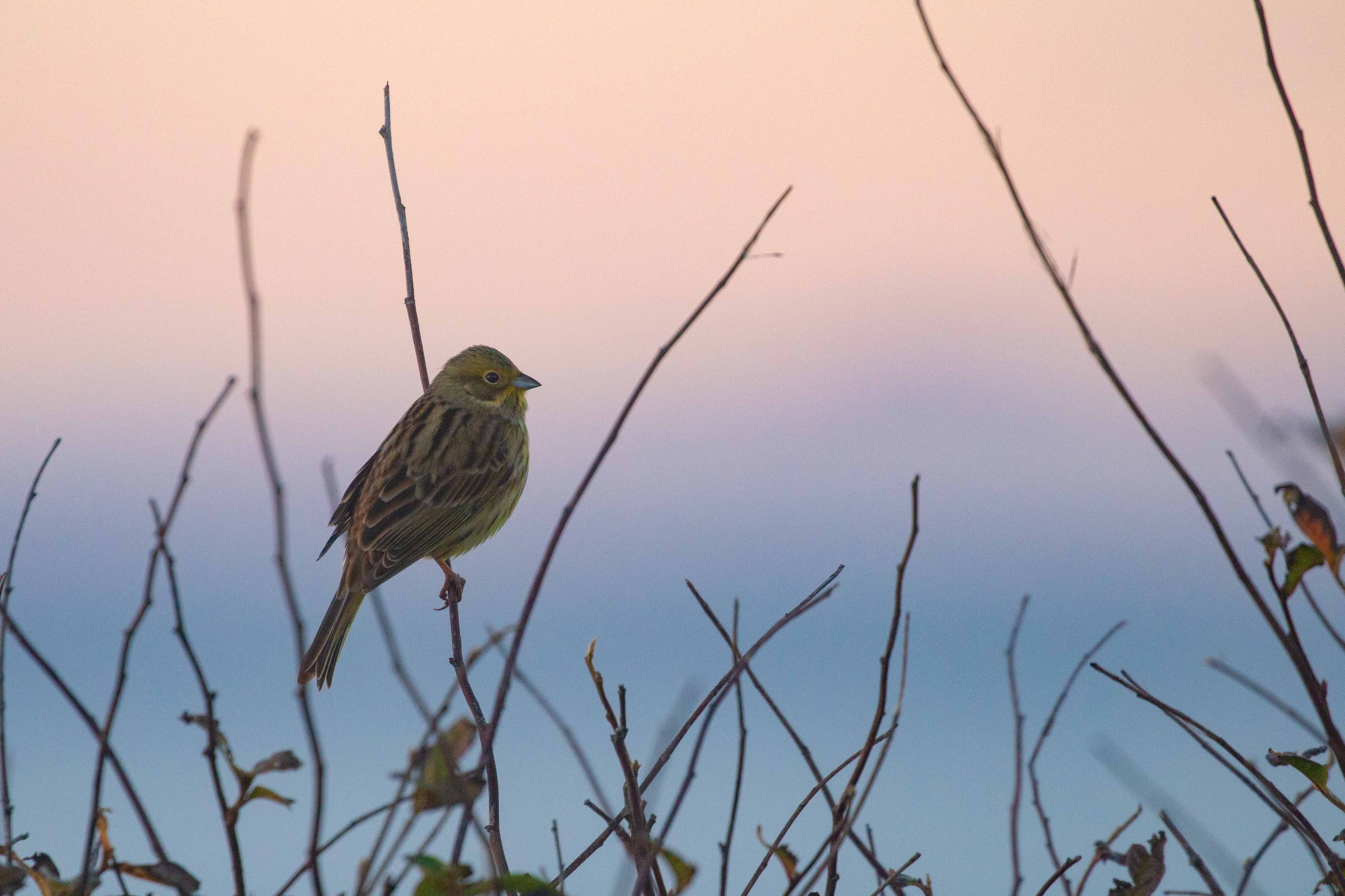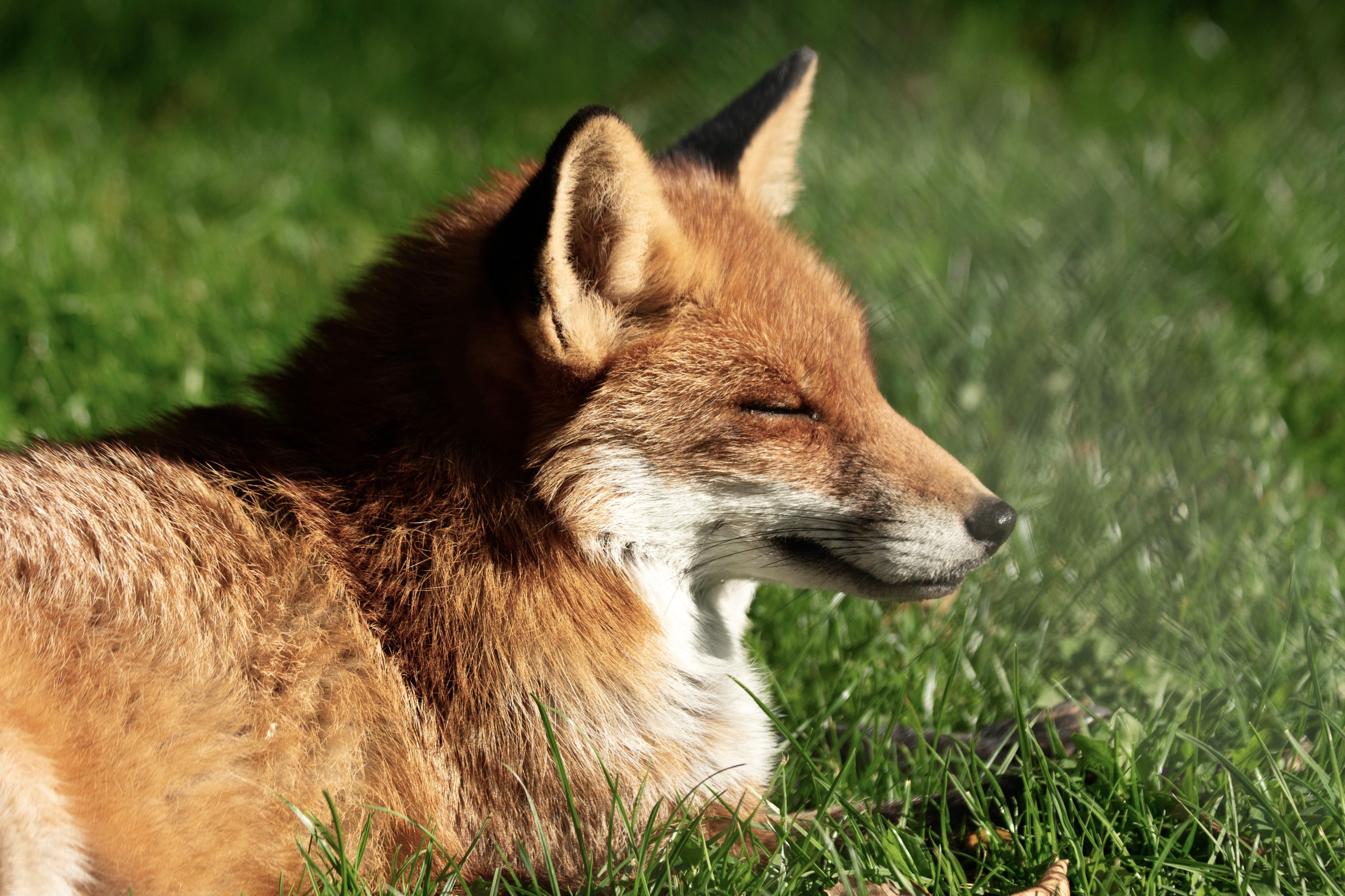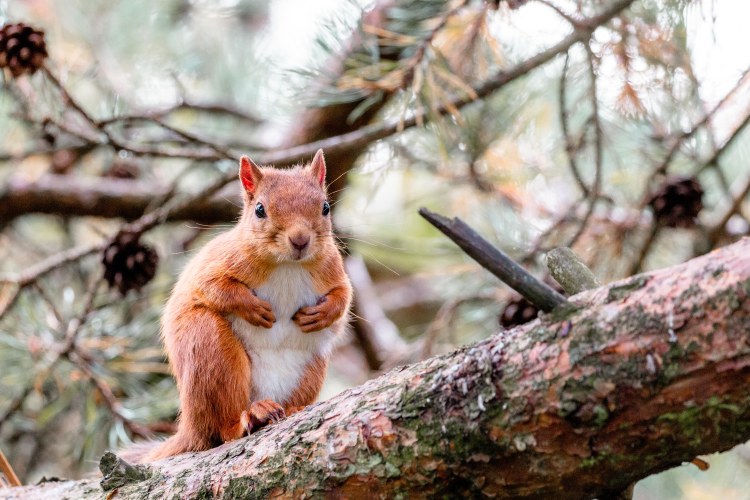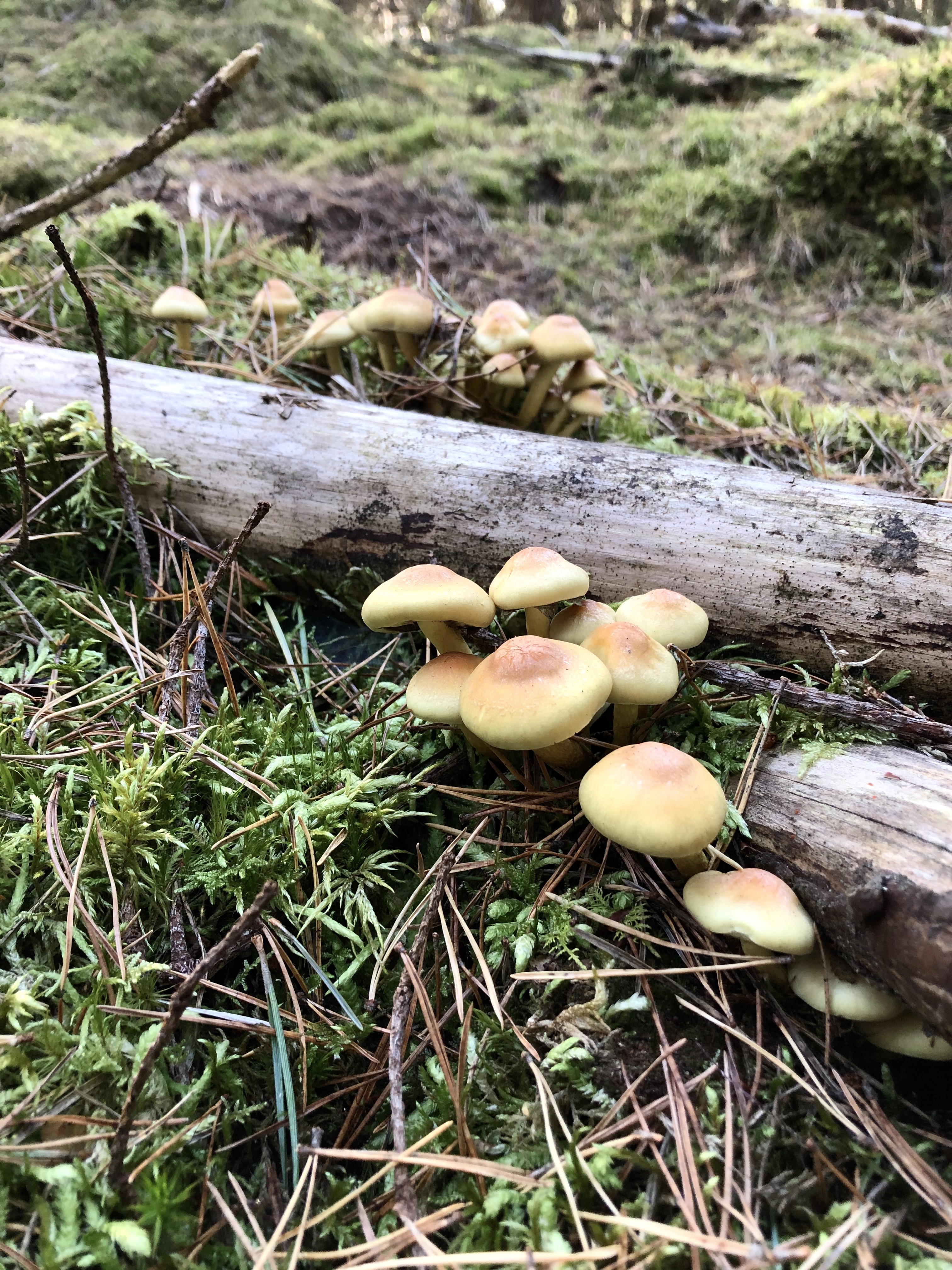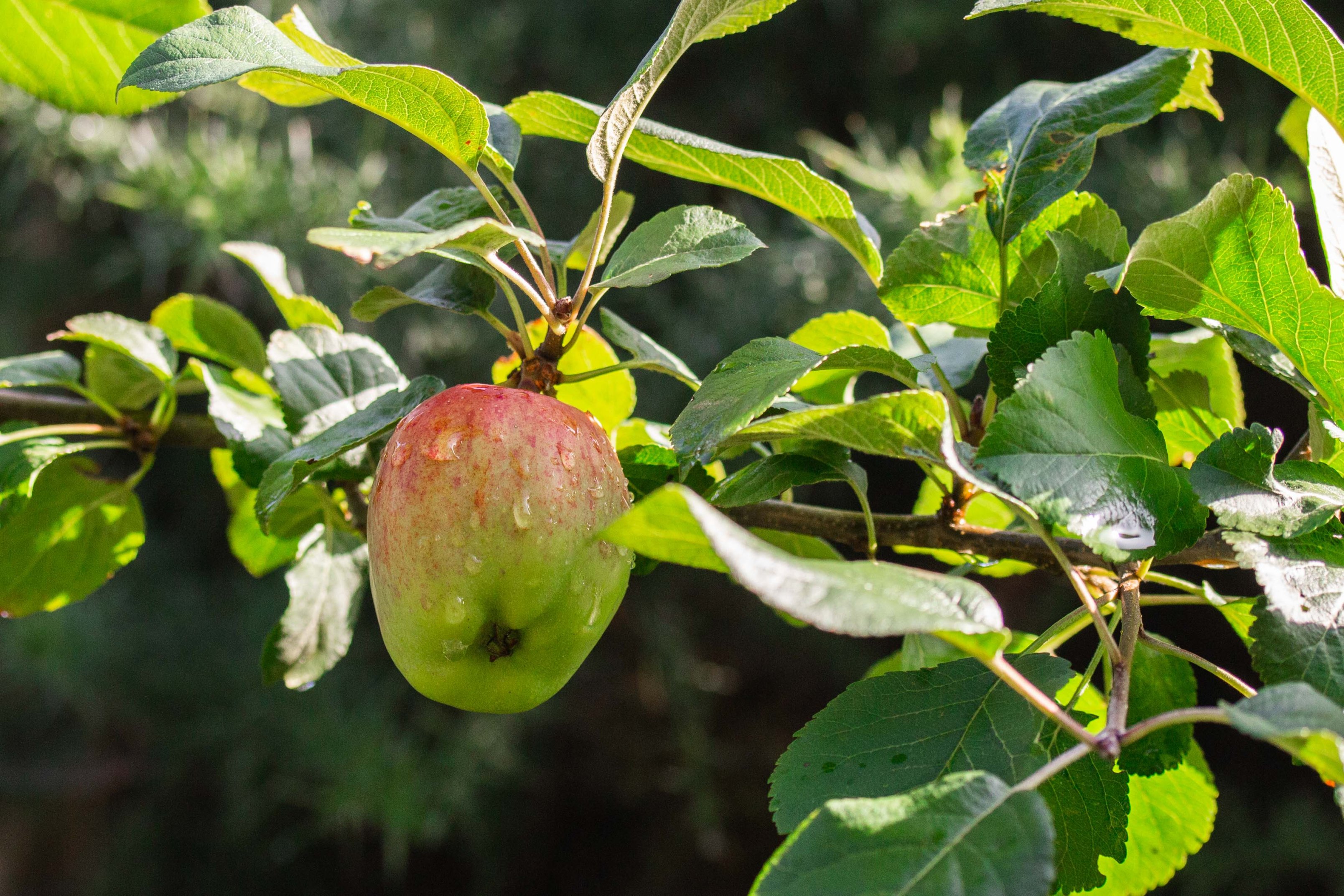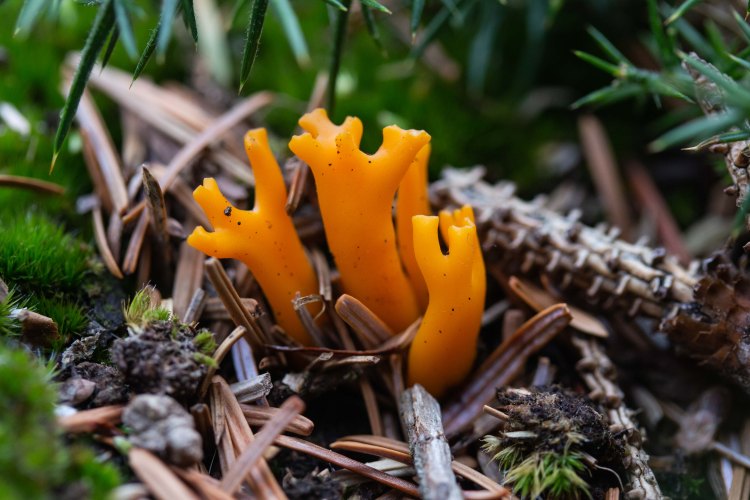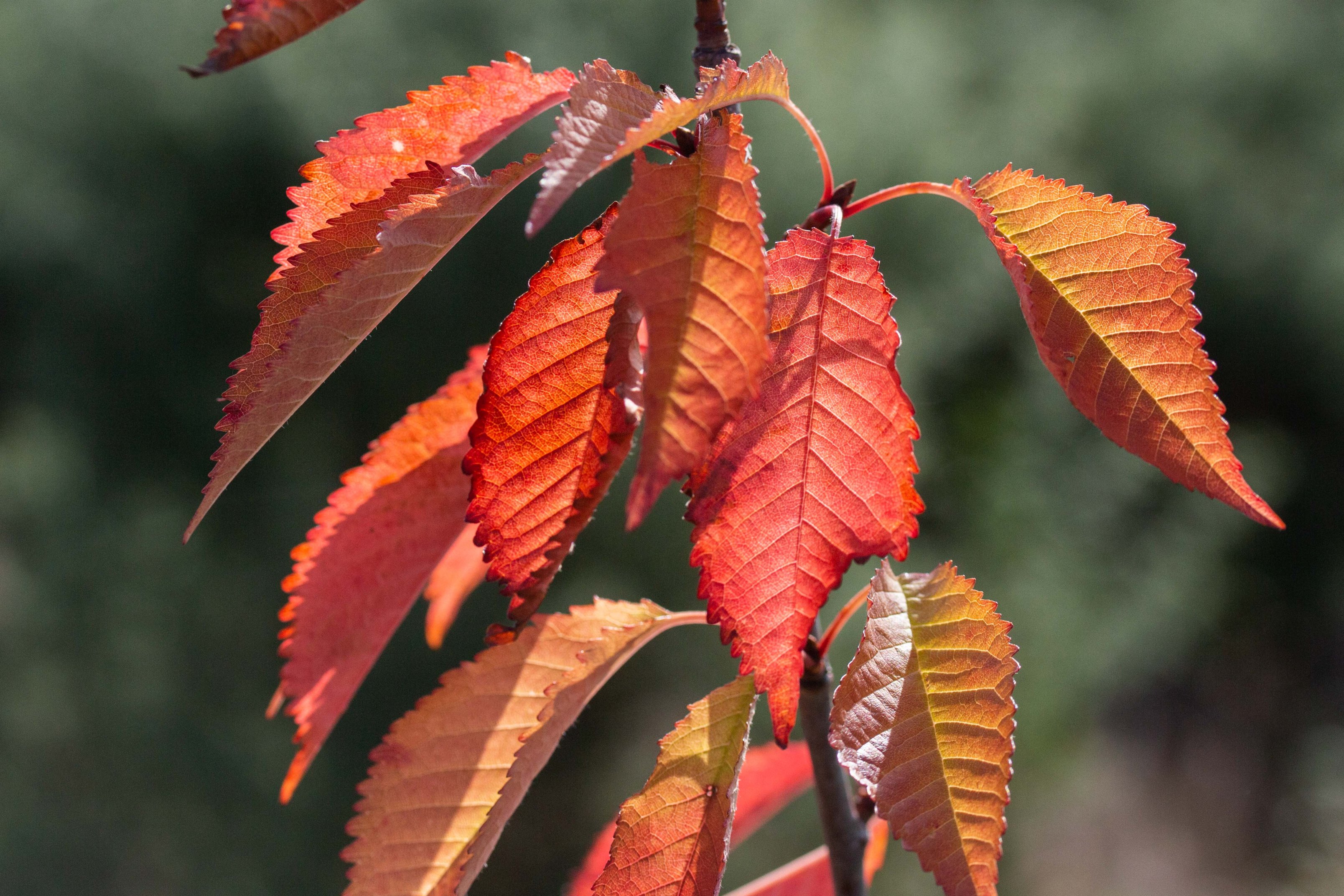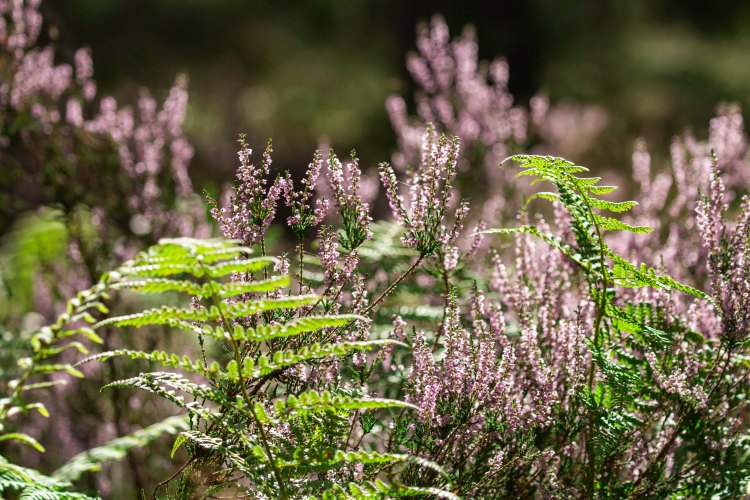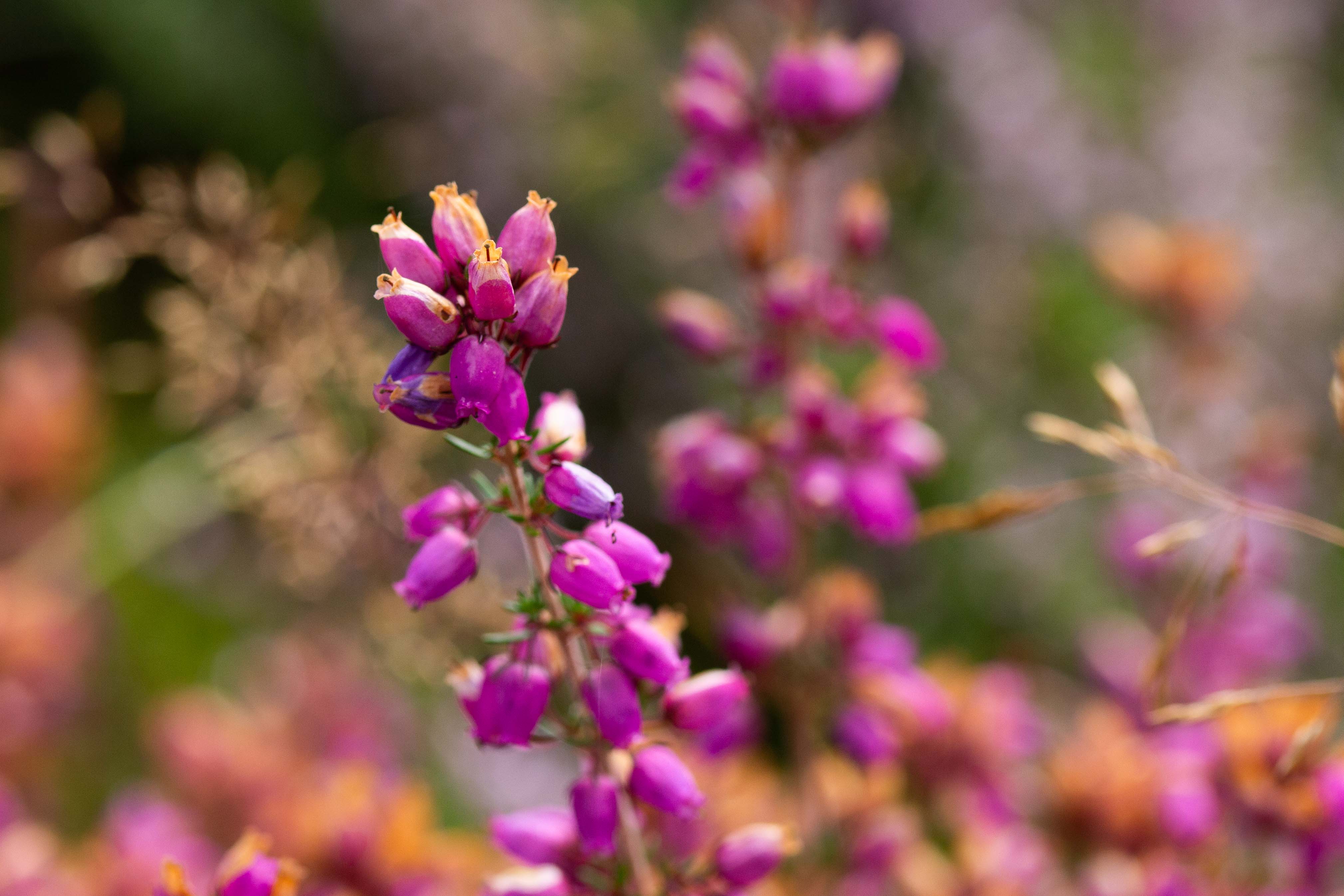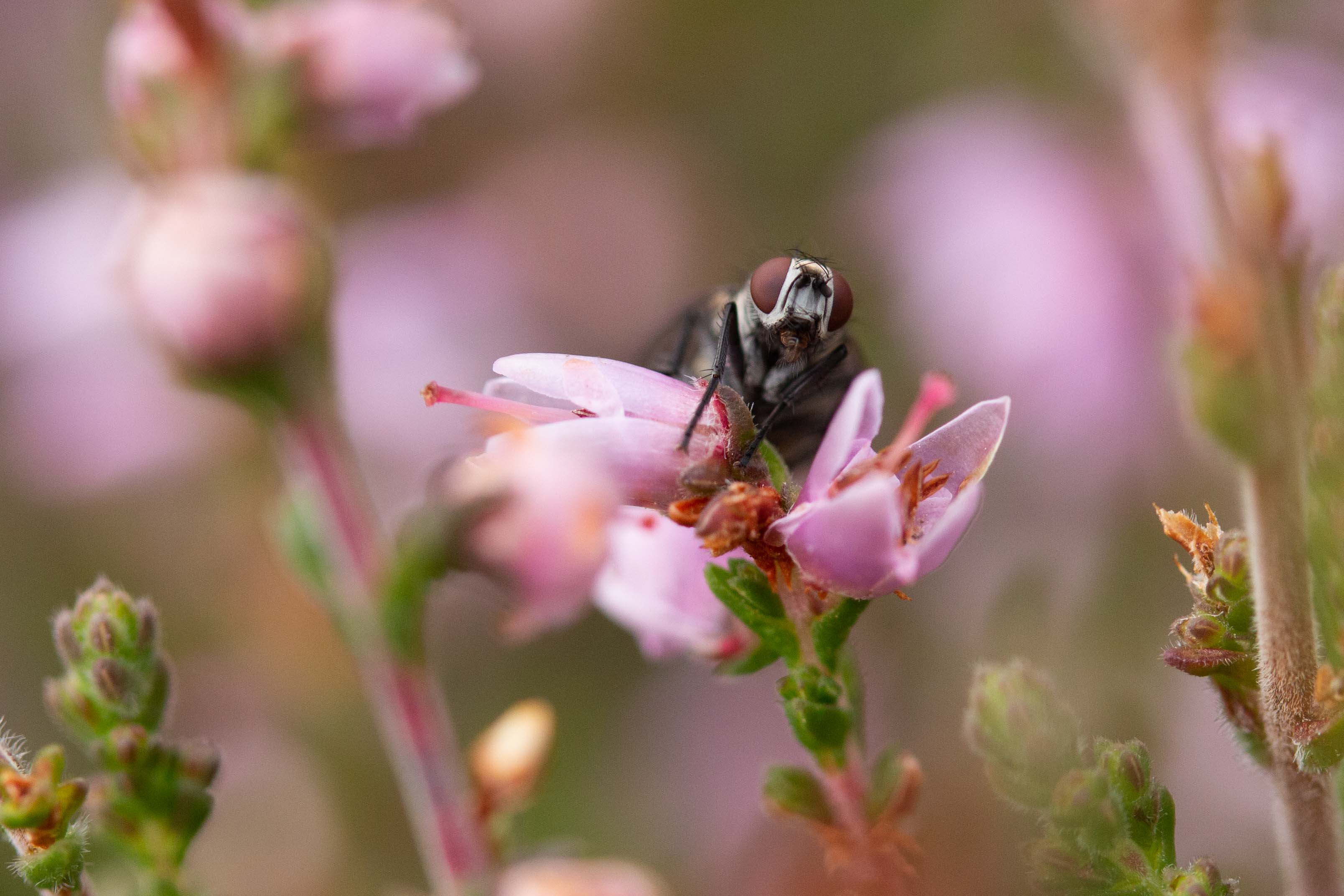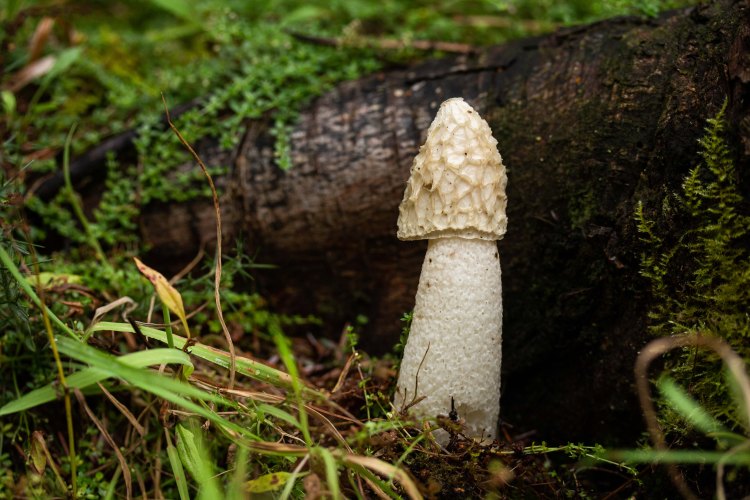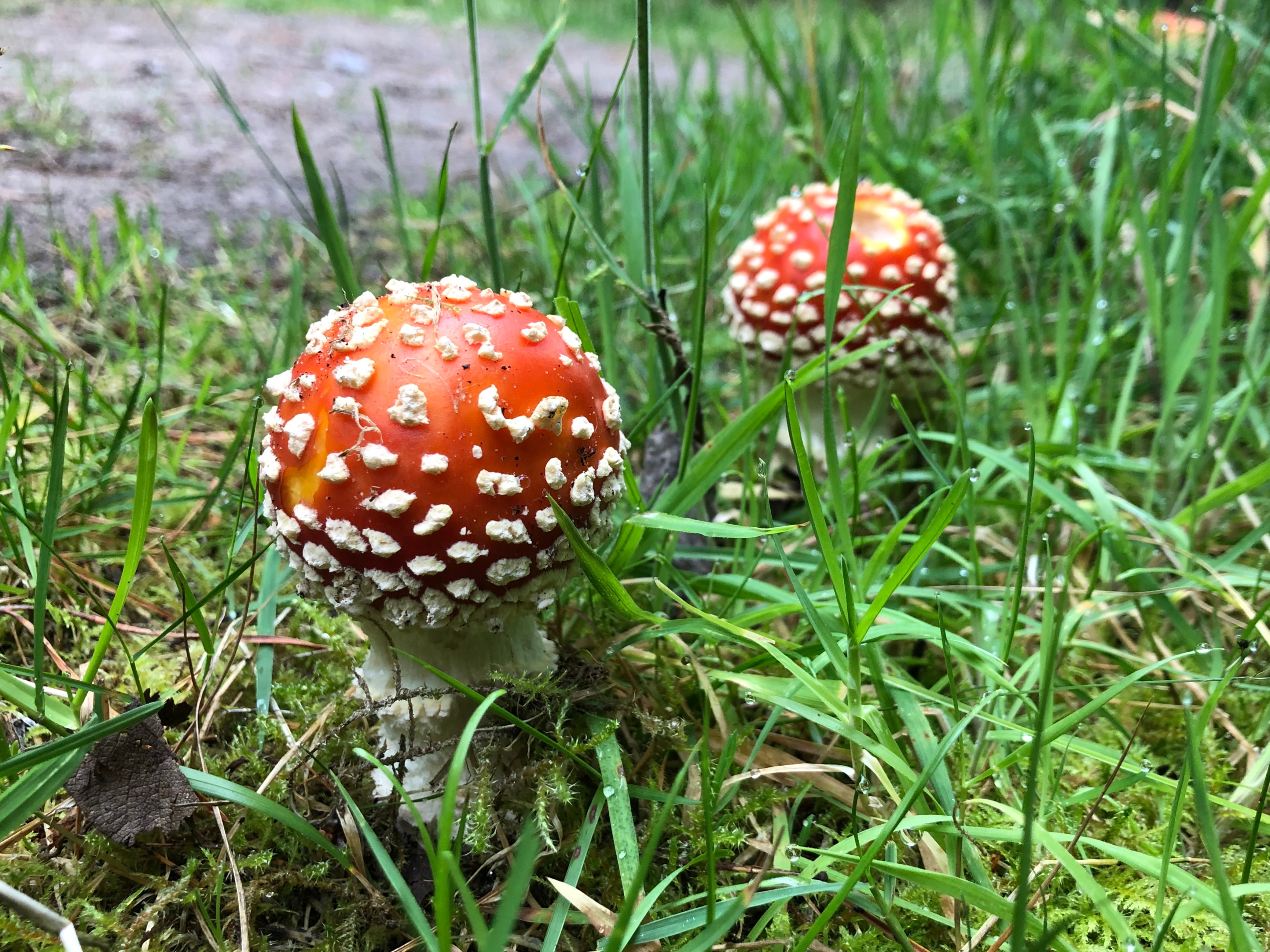I say this every month… but honestly what a month! We’re moving towards my favourite time of year – there were still some randomly hot days in September but autumn is definitely in the air now. This morning I crunched through my first frost since February and it was finally cold enough for my mittens.
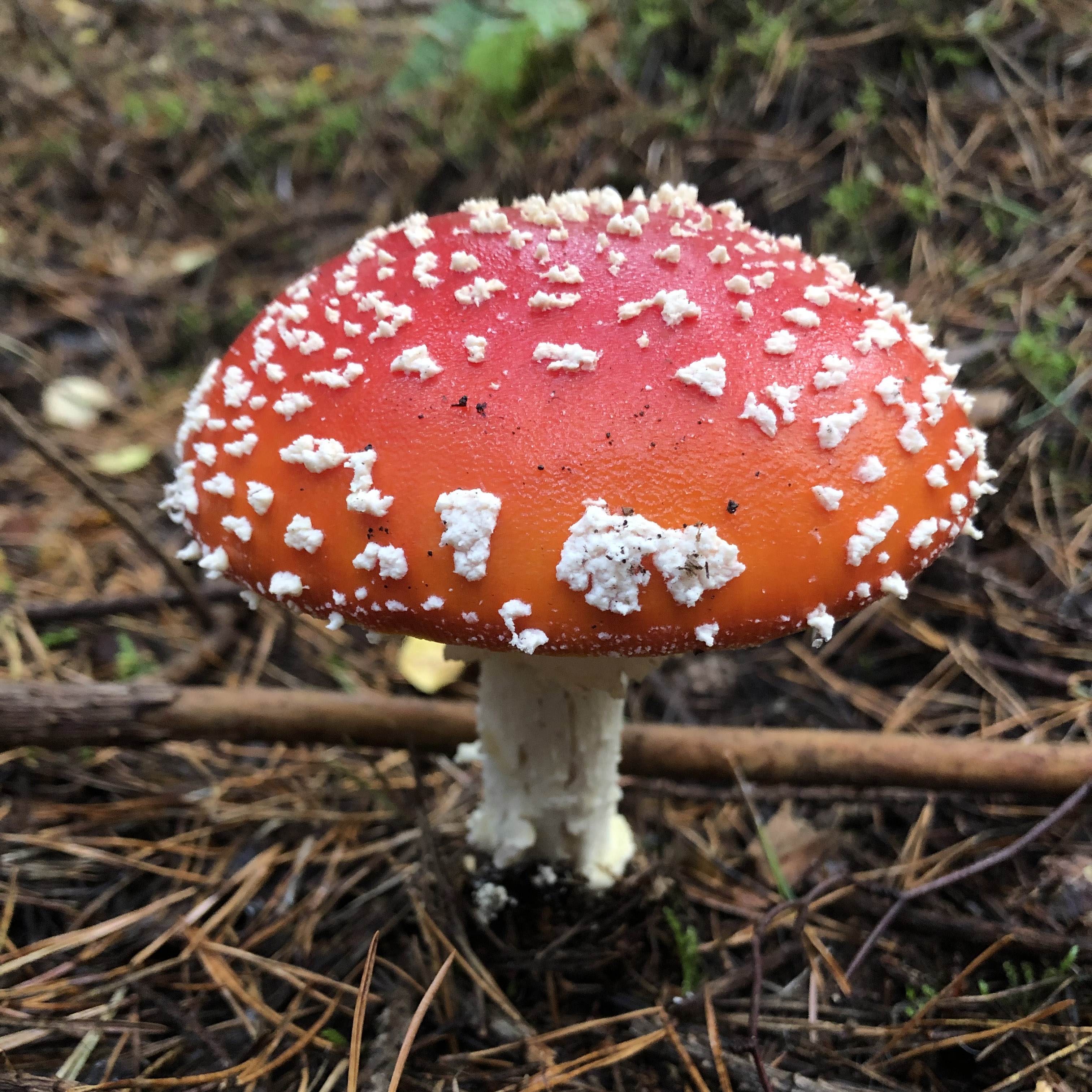


At the start of the month I took part in an art exhibition in my village. The theme was the sea, linking to the arrival of a 10 metre-high puppet called Storm which made its own waves across Moray. I submitted some of my coastal bird photography to the exhibition and brought along my calendars to sell. There were over a hundred works up on the walls and we had visitors coming down for a look all weekend. I haven’t exhibited since university finished three years ago, so it was great to see my work printed again.


A week later I hosted two more nature writing workshops – one in Roseisle Forest and the other along the Moray Coast Path. I enjoyed doing this again later in the year – while the June workshop in Roseisle included more birds, this time it was all about the fungi. When the event started early in the morning, the sun was glistening on dozens of spiderwebs, and amongst the gorse bushes were several wood ant nests. Along the coast, we watched gannets diving out at sea and dunnocks singing in the blackberry bushes. My workshop participants wrote some beautiful things – although we all walked the same paths, the pieces were so diverse and it was really rewarding to hear them.
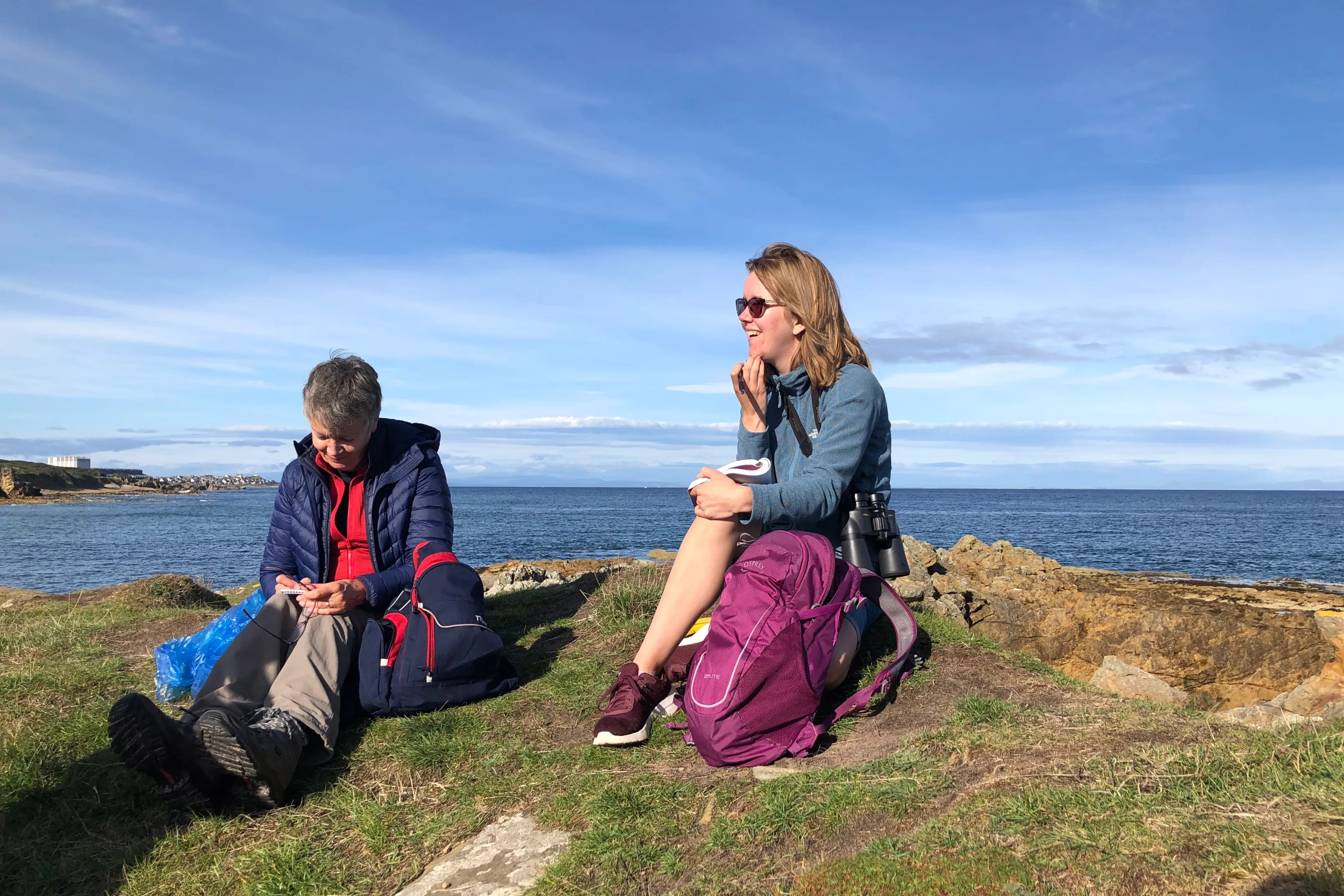


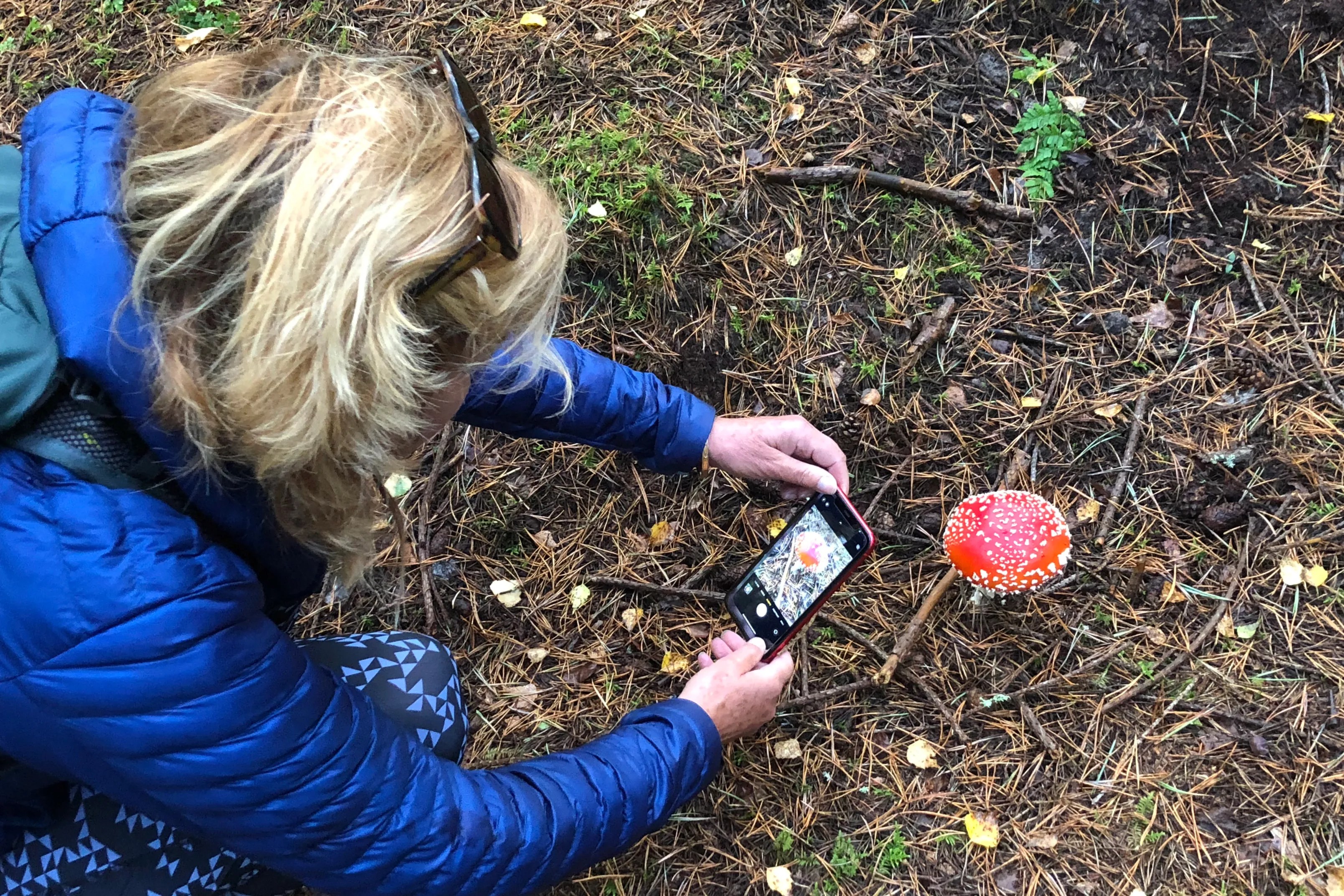
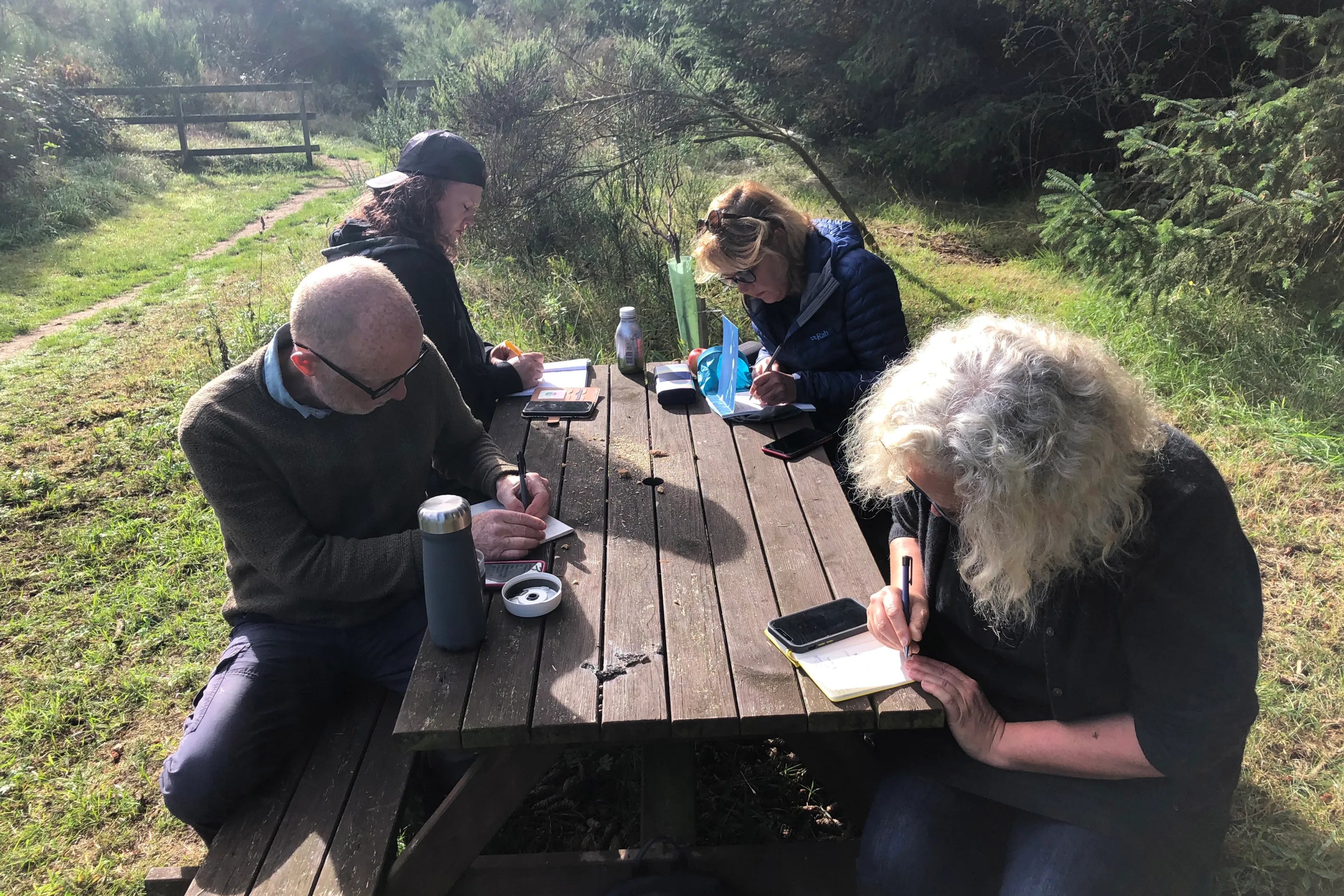
Last week I had family up to visit that I hadn’t seen in years. Although we had some blustery winds that whipped the bay up into a bubble bath, there were still plenty of opportunities to watch wildlife. My uncle had been hoping to see his first crested tit, and we were lucky enough to see two at once! Other bird highlights included a sandwich tern diving in the estuary and a whole cloud of rooks swirling in the air above us.

This month I’ve also been working furiously on my master’s degree, which I’ve just finished. My final portfolio was 20,000 words and although I started writing it last summer, I was still scrabbling to finish it the day before the deadline. My portfolio is called ‘Finding Home’ and it’s about my connection with Scotland, beginning with my first visit when I was six years old. Gathering all these pieces together has made me realise how many different ways my new home has inspired me, from memoir to folklore to fiction. Although it was rewarding to write, I’m glad it’s done now…



And now for the most exciting news: I’m going to be an author! This has been in the pipeline for more than a year and now I can finally tell everyone that I’m writing a Slow Travel Guide to Northeast Scotland. The book will be published by Bradt Travel Guides in spring 2023.
Back in February 2020 I attended a National Geographic travel writing masterclass and got chatting with the MD of Bradt about the possibility of a Slow guide for Moray. We swapped emails and a few months later I was asked if I was interested in writing a guide not just for Moray but for Aberdeenshire and the Cairngorms National Park too.
Slow guides are all about getting away from the ‘top sights’ and looking for the hidden gems of a place, enjoying each forest, café and stone circle at a leisurely pace. They cover nature, history, geology, food and culture, encouraging walking and cycling to experience the destination more thoroughly. Northeast Scotland is packed with potential Slow content and it’s an honour to be able to share its beauty and charisma with other Slow travellers in this book. I’m going to research, walk and write my socks off to make this guide the best it can be.
An excellent month’s progress. Bring on the dark half of the year!
